Act Now - Limited Time Offer
$67 Pest Control

Chris Barber
Pest Control Technician
Jason Hansen
Pest Control Technician
Rob Adrain
Sales Representative
The bed bug, Cimex lectularius, is a tiny, reddish-brown insect that feeds on human blood. These pests, roughly the size of an apple seed, are often found in mattress seams, box springs, and furniture cracks. Bed bugs are mostly active at night and can hide in small fabric folds, electrical outlets, and behind picture frames.
Bed bugs go through five nymphal stages before becoming adults. They need a blood meal to transition from one stage to the next. Female bed bugs lay about five eggs daily in well-hidden places. They can live for several months without a meal. While bed bugs don’t transmit diseases, their bites can cause itching and allergic reactions.
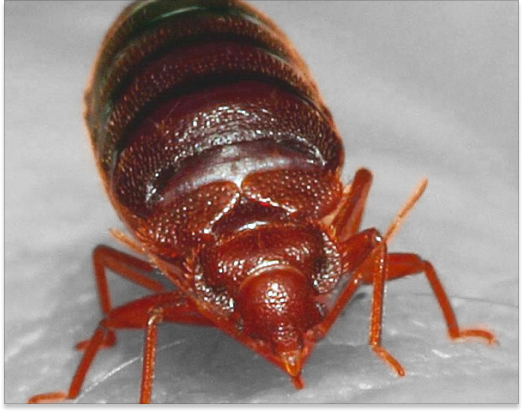
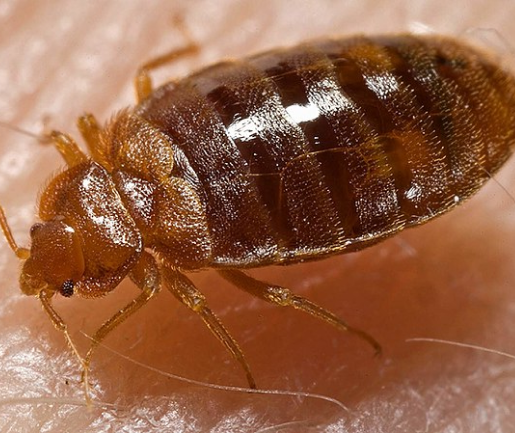
The tropical bed bug, Cimex hemipterus, is commonly found in warm climates. Like the more widespread Cimex lectularius, these bugs feed on human and animal blood. They are small, reddish-brown, and grow up to 4-5 mm in length. Their oval, flattened shape helps them hide in small spaces.
These bed bugs are typically active at night but may also bite during the day if conditions are extremely hot or dry. They prefer to live near water sources to ensure their larvae have enough moisture. If you think you have an infestation, check around your bed or other places where people rest. Signs include small blood spots on sheets, brown fecal smears, and discarded skins.
Leptocimex Boueti bed bugs can cause significant issues if they take up residence in your home. They typically feed on humans, mostly at night, but may come out during the day if the environment is too hot or dry. These bugs prefer areas near water to provide their larvae with drinking water, although they are not water-based insects.
Adult Leptocimex Boueti bed bugs are about the size of an apple seed and have a flat, oval body shape. They are reddish-brown and darken after feeding. They have long antennae and raspberry-like compound eyes. With three pairs of legs, their bodies can expand when feeding. If you notice signs of an infestation, it’s important to act quickly. Rocklin Pest Control can help eliminate these pests and prevent future infestations.
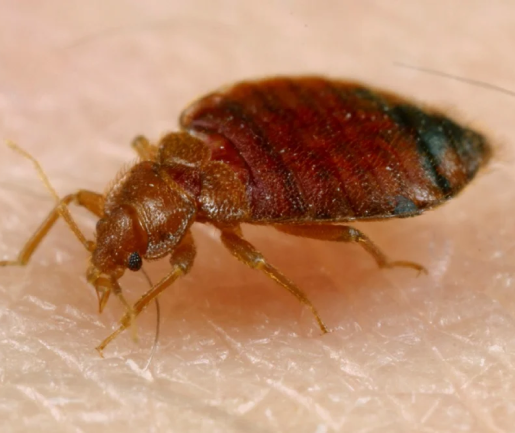
Bed bug eggs are minuscule, about the size of a pinhead, roughly 1mm in length. Their pearl-white color helps them blend in with light-colored surfaces, making them hard to see. After about five days, a small eye spot might appear on these eggs.
Bed bugs lay their eggs in hidden, secure spots close to where they feed. These spots can include mattress seams, box spring crevices, and underneath baseboards. A female bed bug can lay around five eggs daily, which typically hatch within 4-12 days. If not treated properly, these eggs can lead to new bed bug infestations.
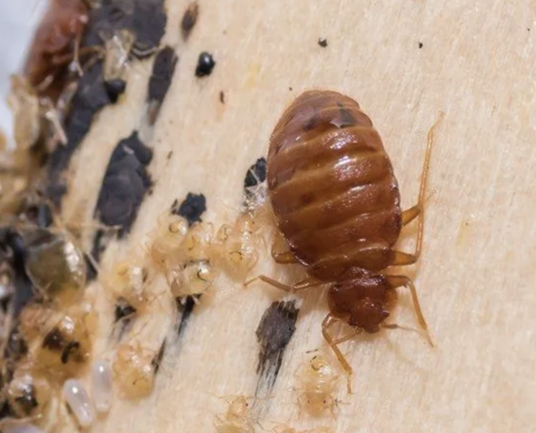
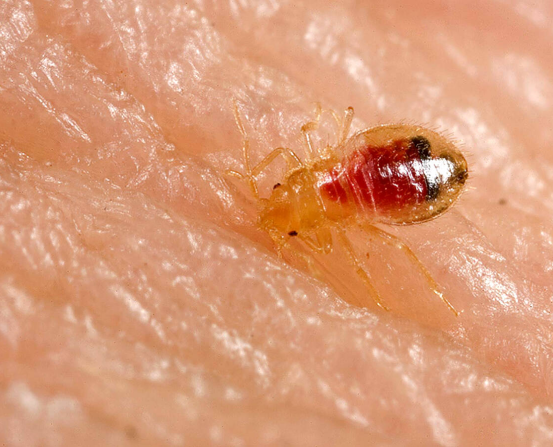
Bed bug nymphs are juvenile bed bugs that go through five stages before maturing into adults. These young bed bugs are smaller and lighter in color than adults, making them harder to notice. Nymphs need a blood meal to move to the next stage, which takes about 5-10 minutes.
Nymphs typically hide near places where people sleep or rest, such as in mattress seams, bed frames, and small crevices. Signs of their presence include tiny pale bugs and small blood stains on bedding. Proper treatment focuses on these hiding spots to ensure all nymphs are eliminated.
Adult bed bugs are small, reddish-brown insects, roughly the size of an apple seed. Their bodies are flat and oval-shaped, expanding after feeding. They feed on human blood, typically biting at night when their hosts are asleep.
You’ll find adult bed bugs near sleeping areas, such as mattress seams, bed frames, and furniture close to beds. They can also hide behind electrical outlets and picture frames. Signs of infestation include small red blood spots, brown fecal stains, and discarded skins. Regular inspections of these areas can help detect and control bed bug problems early on.
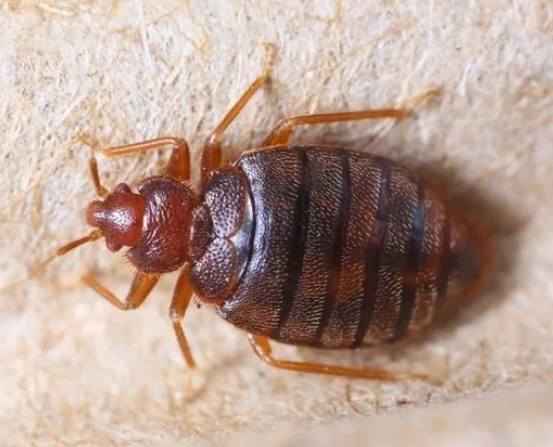
Rocklin Pest Control initiates bed bug treatment with a detailed inspection by our experienced inspectors. They identify bed bugs using photos or signs and provide a prep sheet with detailed instructions. Customers should prepare by taking down items from walls, vacuuming infected areas, and laundering bedding and clothes. Our technicians treat the entire room, focusing on furniture footings, moldings, cracks, crevices, bed frames, headboards, box springs, and mattresses. The black covering under the box spring must be removed for effective treatment. Treated areas should remain unoccupied for at least three hours.
We recommend 3-4 sessions based on the infestation’s severity. Costs are determined after the inspection. Our treatments are safe for pets, but it is best to leave the home for 3-4 hours during and after treatment. We offer a 30-day warranty for whole-home treatments. Following our preventive guidelines and keeping a clean environment can help prevent reinfestation. Our comprehensive and highly effective approach ensures the complete eradication of bed bugs, providing our customers with a sense of security and peace of mind.
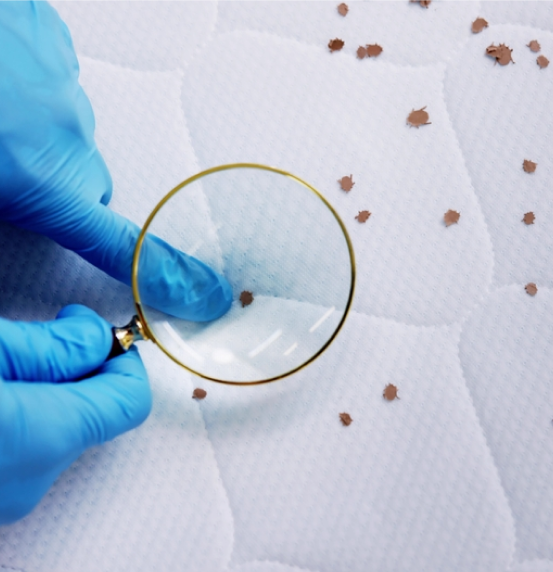
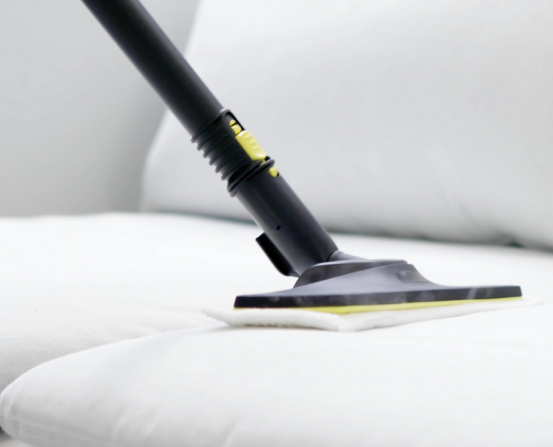
Two weeks after our initial bed bug service, we provide a complimentary follow-up. This involves applying an insect growth regulator to halt the life cycle of bed bugs, ensuring any remaining eggs or nymphs are targeted to stop them from reaching maturity.
Our team will inspect the treated areas once again to look for any signs of bed bug activity. This extra step provides additional protection and peace of mind. With our follow-up treatment, you can trust that we are committed to thoroughly eradicating bed bugs from your home.
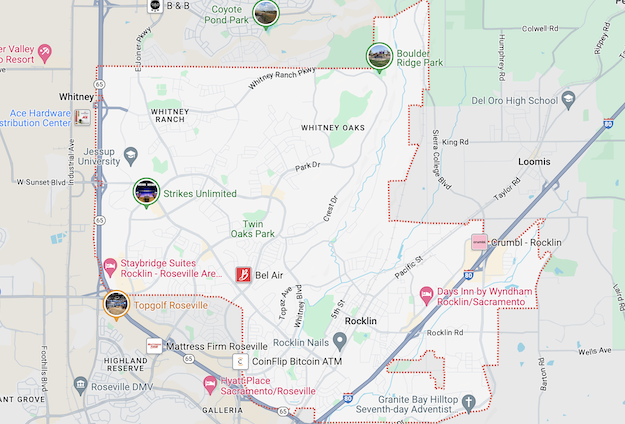
Limited time offer! Get $50 off your first pest control service.

Barrier Services
Rocklin Office
© Rocklin Pest Control 2024